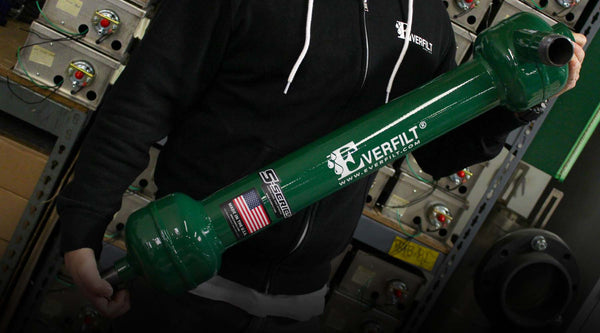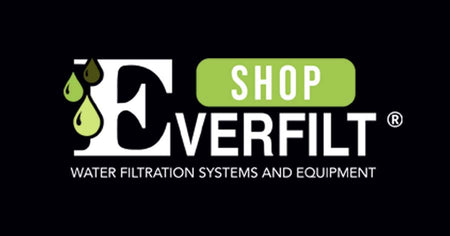
Enhancing Greenhouse Irrigation Efficiency: The Role of Sand Separators
Greenhouse farming presents unique challenges, especially when it comes to irrigation. Maximizing water efficiency while maintaining optimal plant health is crucial for greenhouse success. One often overlooked aspect of greenhouse irrigation systems is the protection they need from sand and other sediments that can clog pipes and damage delicate equipment. We'll explore the importance of sand separators in greenhouse irrigation systems and how they contribute to overall efficiency and productivity.
Why Greenhouse Irrigation Systems Matter
Greenhouses provide controlled environments for plants, allowing for year-round cultivation regardless of external weather conditions. However, maintaining the ideal growing conditions requires precise control over factors like temperature, humidity, and irrigation. Efficient irrigation not only ensures that plants receive adequate water but also helps in nutrient distribution and prevents water wastage.
The Challenge of Sediment Build-Up
One of the common issues faced in greenhouse irrigation systems is the accumulation of sand, silt, and other sediments in water sources. These particles can wreak havoc on irrigation equipment, leading to clogged pipes, damaged valves, and decreased water flow. Additionally, sand and sediments can also affect the quality of irrigation water, potentially harming plant health.
Enter Sand Separators
Sand separators are essential components of greenhouse irrigation systems designed to remove solid particles from water before it reaches irrigation equipment. These separators use various mechanisms such as centrifugal force or filtration to effectively remove sand, silt, and debris from the water stream. By doing so, they prevent clogging and damage to irrigation components, ensuring uninterrupted water flow and optimal system performance.
Benefits of Sand Separators
- Increased Equipment Lifespan: By preventing abrasive particles from entering irrigation equipment, sand separators help extend the lifespan of pumps, valves, and filters, reducing maintenance costs and downtime.
- Improved Water Quality: Clean water free from sediments ensures better nutrient uptake by plants and reduces the risk of clogged drip emitters or sprinkler nozzles, leading to more uniform irrigation and healthier crops.
- Enhanced Water Efficiency: With reduced risk of clogging, greenhouse operators can maintain consistent water flow rates, optimizing water distribution and minimizing wastage. This not only conserves water but also promotes sustainable farming practices.
- Cost Savings: Investing in sand separators may initially incur costs, but the long-term benefits in terms of reduced maintenance, repairs, and water savings outweigh the initial investment, offering a significant return on investment.
Choosing the Right Sand Separator
When selecting a sand separator for a greenhouse irrigation system, several factors should be considered, including water flow rate, particle size, maintenance requirements, and compatibility with existing equipment. Consulting with irrigation specialists or suppliers can help greenhouse operators choose the most suitable sand separator for their specific needs.

Efficient irrigation is paramount for achieving optimal crop yields and maintaining sustainable operations. Sand separators play a vital role in protecting greenhouse irrigation systems from the damaging effects of sediment build-up, ensuring consistent water flow, improved water quality, and extended equipment lifespan. By investing in high-quality sand separators, greenhouse operators can enhance overall efficiency, productivity, and profitability while minimizing environmental impact.
